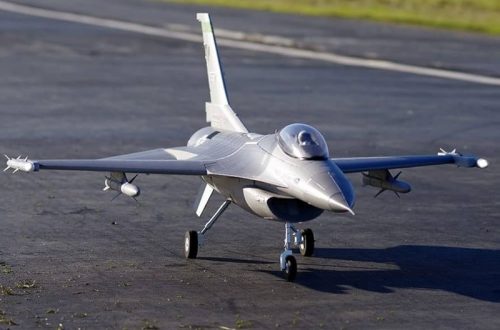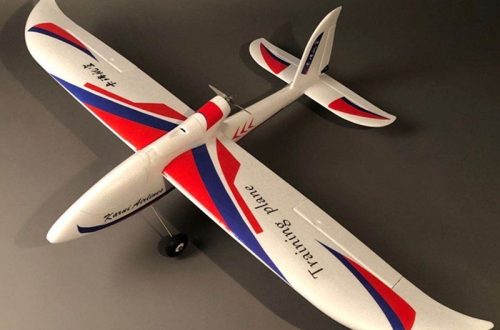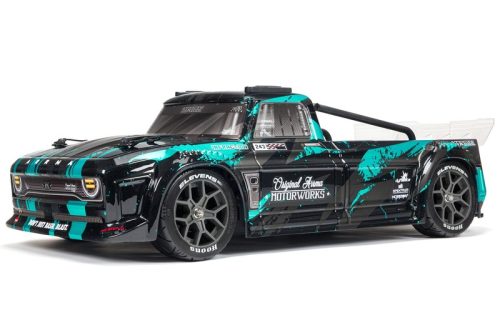The world of RC cars is constantly evolving, embracing new technologies to push the boundaries of performance and customization. At the forefront of this revolution lies 3D printing, a transformative technology that empowers enthusiasts to create unique, high-performance RC cars with unparalleled freedom of design.
Part 1: Printing Your Dream Machine – The Advantages of 3D Printed RC Cars

Unleashing Design Creativity: Customized Components and Beyond:
3D printing has revolutionized the world of manufacturing. It has also made a significant impact in the realm of RC car customization. Unlike pre-assembled or kit RC cars, 3D printing technology provides enthusiasts with the ability to design and print custom components for their RC cars. This includes creating lightweight chassis parts, aerodynamic body shells, or even intricate details. These were previously difficult to achieve through traditional manufacturing methods. With 3D printing, you have the freedom to experiment with various designs. You can create unique, personalized components that cater to your specific driving preferences and style. This level of customization empowers you to build a truly one-of-a-kind RC car. It allows you to push the boundaries of traditional RC car building and take your creativity to new heights.
Prototyping and Performance Optimization: A Test Bed for Innovation:
3D printing is highly conducive to the iterative process, making it an ideal tool for prototyping and performance optimization of RC cars. The technology allows for the seamless design, printing, and testing of various car parts, providing enthusiasts with the ability to analyze their impact on handling, weight distribution, and overall performance. This iterative approach facilitates rapid experimentation, enabling enthusiasts to fine-tune and enhance the performance of their RC cars efficiently. By continually designing, printing, and testing different components, enthusiasts have the opportunity to systematically refine and optimize their RC car’s performance. The ability to swiftly create and assess iterations of various parts contributes to the development of a custom-tailored RC car that aligns precisely with an individual’s specific requirements and desired performance characteristics.
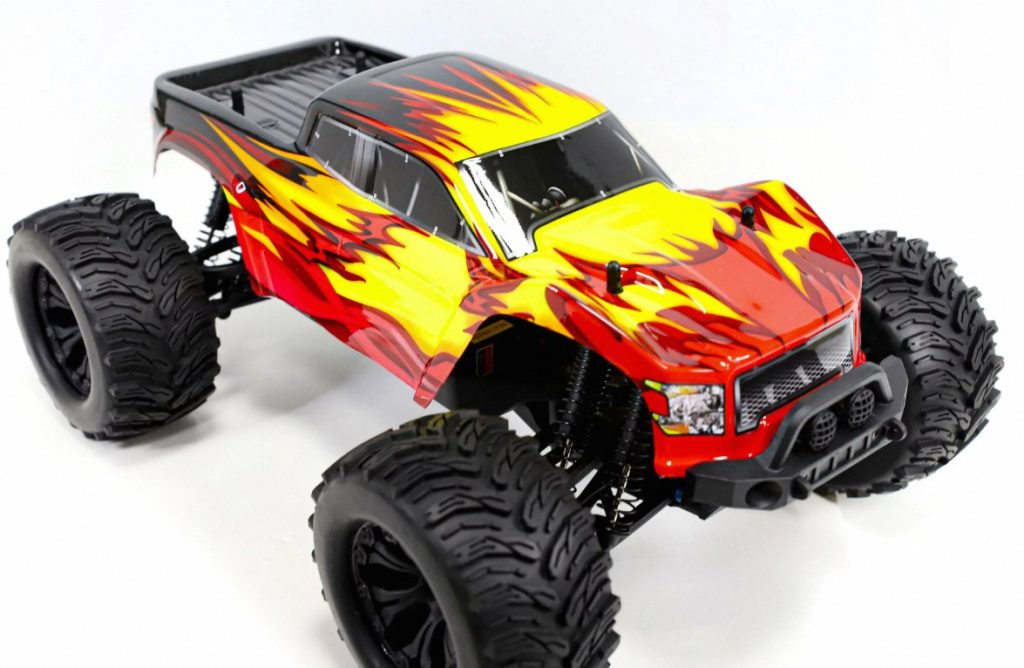
Part 2: From Digital Model to Physical Machine – The 3D Printing Process
Choosing the Right File: Finding the Perfect 3D Model:
The first step in utilizing 3D printing for RC car customization involves acquiring a 3D model of your desired RC car. There are numerous online repositories that offer a wide selection of free and premium models, catering to various skill levels and car styles. These repositories provide access to an extensive range of pre-designed RC car models. This enables enthusiasts to choose a model that aligns with their preferences and skill set. Alternatively, for those seeking a more hands-on approach, there is the option to design your own model using 3D modeling software. This approach grants you complete control over every aspect of your RC car’s design. It allows for the creation of a customized model that meets your specific requirements.
Printing Considerations: Material Selection and Printer Settings:
The success of your 3D printed RC car hinges on material selection and printer settings. PLA filament is a popular choice for its affordability and ease of printing. However, for increased strength and durability, consider using nylon or PETG filaments. Experiment with different printer settings, such as infill density and layer height, to optimize the balance between strength, weight, and printing time.
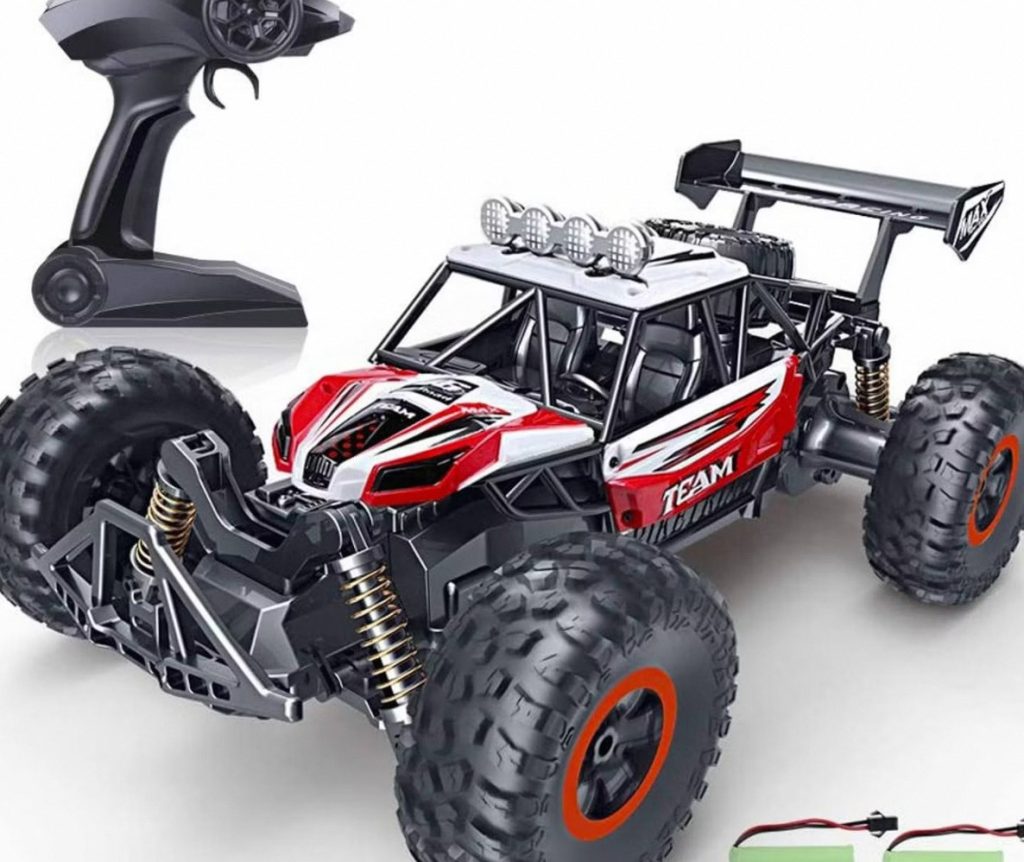
Part 3: Building Your Bespoke Ride – Assembly and Beyond
Beyond Printing: Integrating Traditional RC Components:
While 3D printing offers extensive customization possibilities for your RC car, it’s important to note that traditional RC components are still essential for its functionality. These components include electronics such as motors, servos, and speed controllers, as well as standard parts like wheels, tires, and bearings. It’s crucial to ensure compatibility between your 3D printed parts and the chosen electronics for seamless integration and optimal performance. Careful consideration of dimensions, attachment points, and material properties is vital. This guarantees that the 3D printed components can effectively accommodate and work with the traditional RC components. This requires meticulous planning and engineering. It ensures that all parts function harmoniously and contribute to the overall performance and durability of the RC car. By successfully integrating 3D printed parts with traditional RC components, enthusiasts can achieve a well-balanced and innovative RC car. This embodies the best of both traditional and cutting-edge technologies.
Assembly and Fine-Tuning: Bringing Your Creation to Life:
Once you’ve printed all the necessary components, the exciting part begins – assembly! Carefully follow the assembly instructions, if included with the 3D model, or utilize general RC car assembly guides. After assembling the core structure, fine-tune your car’s performance by adjusting suspension settings, balancing the weight distribution, and calibrating the electronic components.
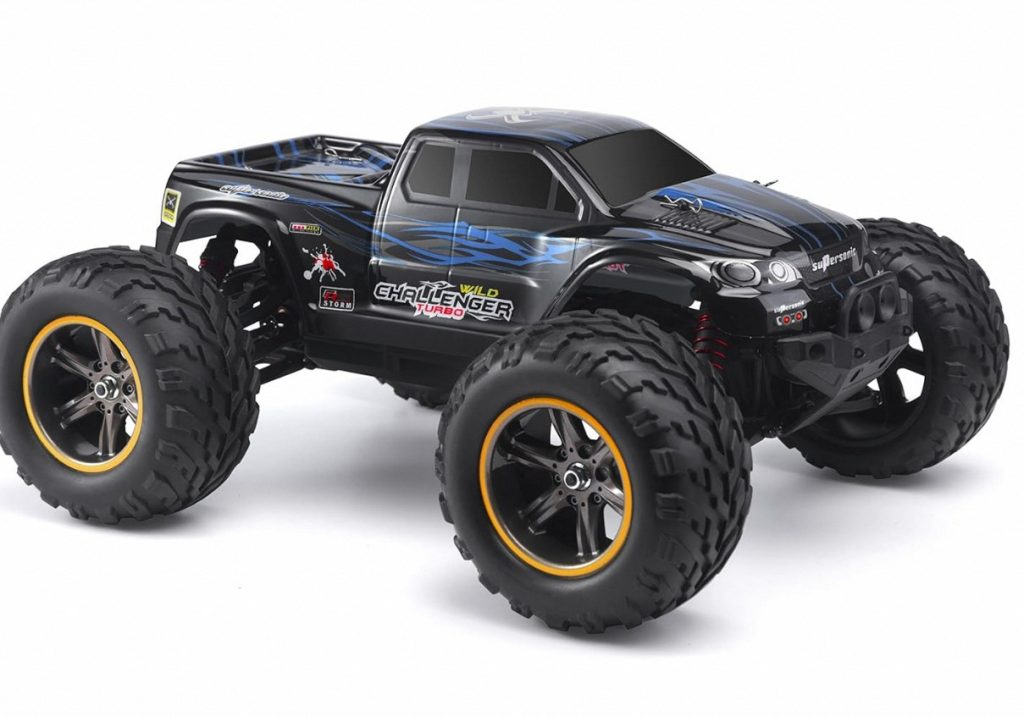
Part 4: The Road Ahead – The Future of 3D Printed RC Cars
A Collaborative Community: Sharing Designs and Expertise:
The 3D printed RC car community is a vibrant hub of innovation and collaboration. Enthusiasts come together to exchange ideas and expertise in this community. Online forums and platforms dedicated to 3D printed RC cars provide a space for individuals to share their 3D model designs, printing tips, and assembly guides. This collaborative spirit fosters a culture of continuous learning and the development of increasingly sophisticated 3D printed RC car designs. Enthusiasts can draw inspiration and knowledge from others. They can also seek assistance with troubleshooting and engage in discussions about the latest advancements in 3D printing technology as it pertains to RC car customization. By actively participating in the community, individuals have the opportunity to contribute their own insights and experiences, thus enriching the collective pool of knowledge and expertise available to fellow 3D printed RC car enthusiasts.
Advanced Materials and Techniques: Pushing the Boundaries:
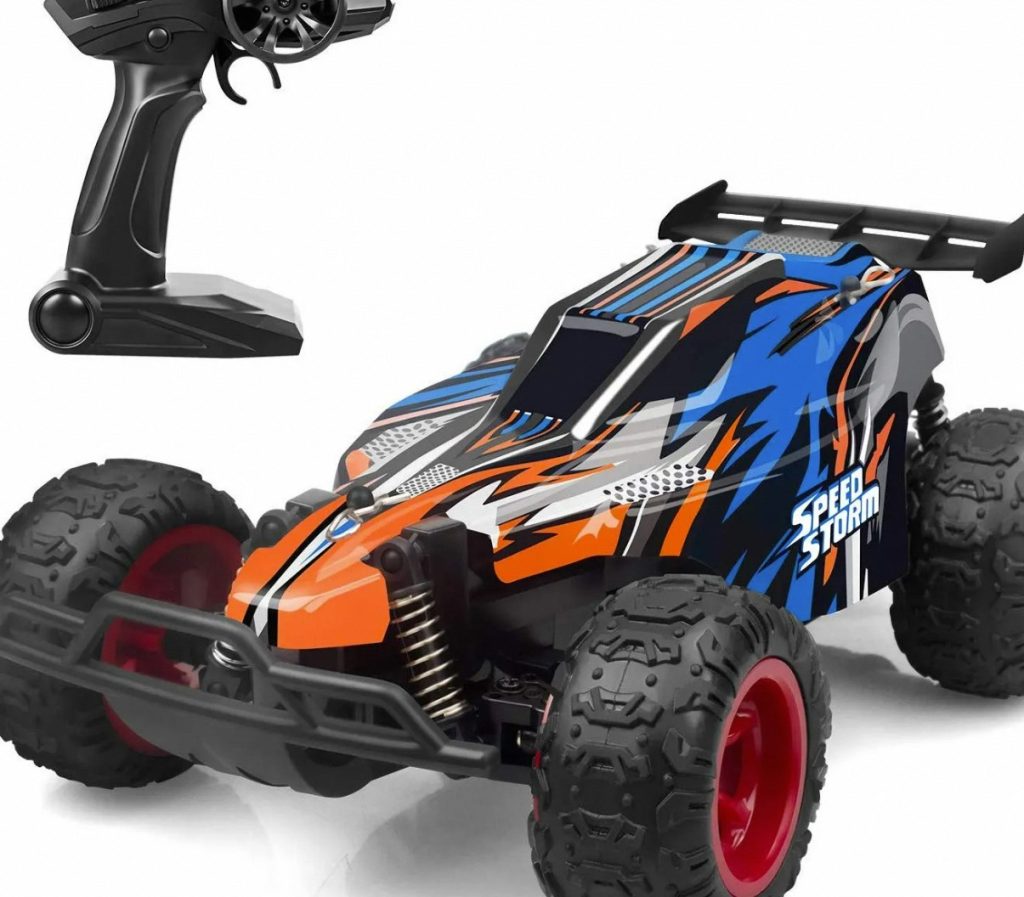
The future of 3D printed RC cars is brimming with exciting possibilities. Advancements in 3D printing materials like metal filaments and high-resolution printing techniques promise even stronger, lighter, and more intricate components. As technology evolves, 3D printed RC cars will continue to push the boundaries of design and performance.
The world of 3D printed RC cars is a testament to the transformative power of technology. It empowers enthusiasts to become co-creators, designing and building unique, high-performance machines. So, embrace the 3D printing revolution, unleash your design creativity, and experience the thrill of building and piloting your very own custom-made RC car.
